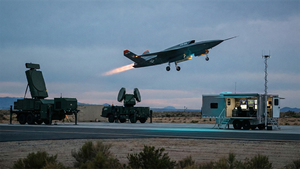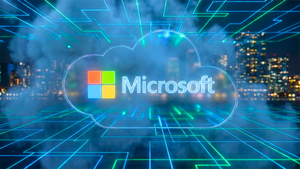The problem isn’t Linux. It’s finding the right Linux path
(BPT) - In an increasingly intelligent, cloud native, edge-network-driven world, how do we properly harness the power of open-source software? Developers and CTOs know Linux has always been open-source, freely available and one of the world's most reliable and secure operating systems. Yet as the Linux market has expanded, so have the challenges of finding and implementing the right Linux base and fundamentals for the next generation of server and edge use cases.
It's about, in part, the sheer volume of Linux options available - hundreds of variations, with many more under development. But the variety and requirements of use cases are also adding to the complexity, making it difficult to find and implement off-the-shelf reference platforms that can meet such a broad range of requirements today. There's also the pressure to innovate rapidly. In this complex environment, one size doesn't fit all and utilizing the old enterprise IT Linux distributions is not an optimized solution for the edge-to-cloud use scenarios.
In the face of all this complexity, Linux fundamentals remain: open, innovative, customizable, and offers flexibility with assisting services for more specific requirements such as production assistance, security monitoring, remediation and training.
But, it's getting more difficult to find and latch onto those fundamentals when the commercial Linux distribution trend is to become the basis of vast ecosystems and higher order solutions.
What's the best way forward from here?
The recent case of CentOS
CentOS was offered as a free, open-source, downstream distribution based on Red Hat Enterprise Linux (RHEL). Millions of virtual machines, computers, systems and platforms worldwide started consuming CentOS Linux.
However, shortly after the acquisition of Red Hat by IBM in 2019, Red Hat announced that it would shift full investment to CentOS Stream, the upstream development platform for upcoming RHEL releases. Support for CentOS came to an end in June 2024.
CentOS users faced a range of options, each of which introduced new sources of cost, risk and complexity:
- Move to a paid version of RHEL. With this option, companies that didn't want to pay Red Hat for support had to switch their OS image from the CentOS image to something else, which was difficult and expensive.
- Adopt another free Red Hat downstream distribution such as Rocky or Alma.
- Go with a different commercial option such as Canonical or SUSE, which offered free distribution. However, these commercial solutions came with complications, such as scale issues and ownership risks. Getting features to support your innovation can be an uphill battle.
- Move to a truly community-sourced platform such as Debian. Debian is open, freely available, and not beholden to upstream commercial vendors or to any commercial interest. However, there are multitudes of Debian options, all with different target use cases and in various stages of development and maturity. Without enterprise-level commercial support options, companies had to find, recruit, hire, pay and retain additional employees to provide these capabilities, adding to overhead and reducing the ROI of innovation.
What would a better fit look like?
There is a pressing need to get back to the spirit of open source and harness Linux packages that are the right fit for enterprise and embedded use cases - from the enterprise to far-edge embedded systems and devices.
Such a solution would combine freely available, open-source Debian Linux with robust community-hardened packages tuned for performance, security and ease of use. These packages would be tailored to mission-critical sector-specific use cases and their unique requirements. And they would be backed by enterprise commercial support, professional services and consultancy, and unified software tools from vendors with proven experience in the Linux market.
Specifically, the core attributes of this enterprise-to-edge solution would include:
- Commitment to upstream innovation
- Real-time and low-latency processing
- Hardware enablement for the latest silicon processors and accelerators
- Optimized, minimal user space footprint
- Support for varying/restrictive operational conditions
- Lifecycles aligned with far-edge requirements
- Compatibility with far-edge endpoints and data centers
- Cost sensitivity
- Ability to handle the emerging threat-vector security burden
- Multi-format data sensitivity
- Compliance for mission critical deployments
- Tune performance and optimizations for demanding AI workloads
Wind River, as an open-source proponent for more than 20 years, is fully committed to reclaiming the true spirit of open source and bringing the vision of a simplified, reliable and flexible Linux for servers and the edge into reality. To learn more about Wind River's current Linux-based open-source offerings, including eLxr Pro, visit their website.
More News
View More




Recent Quotes
View MoreQuotes delayed at least 20 minutes.
By accessing this page, you agree to the Privacy Policy and Terms Of Service.